In today's competitive business environment, regular deep cleaning is a strategic imperative. It involves a meticulous process to revitalize commercial spaces, focusing on removing contaminants, allergens, and bacteria for better hygiene. This is crucial in high-traffic areas, ensuring air quality, minimizing health risks, and creating a welcoming environment. Professional services utilize specialized equipment and eco-friendly products, addressing every detail from carpets to restrooms. The right tools and tailored strategies are key; high-traffic zones require frequent robust cleaning, while offices focus on organization and dusting. A customizable deep cleaning checklist ensures safety and efficiency, segmenting spaces for thorough cleaning. This proactive approach enhances aesthetics, protects investments, and prioritizes well-being, fostering positive business outcomes.
Deep cleaning is an essential practice for maintaining commercial spaces, ensuring a healthy and productive environment for occupants and enhancing business reputation. This comprehensive guide explores the intricate process of deep cleaning in commercial settings. From identifying the scope of cleaning tasks to acquiring the right tools and implementing efficient strategies, we delve into every aspect. Learn how regular deep cleaning can mitigate health risks, improve air quality, and contribute to a thriving business ecosystem. Discover actionable tips and best practices tailored for various commercial environments.
Understanding the Need for Deep Cleaning in Commercial Spaces
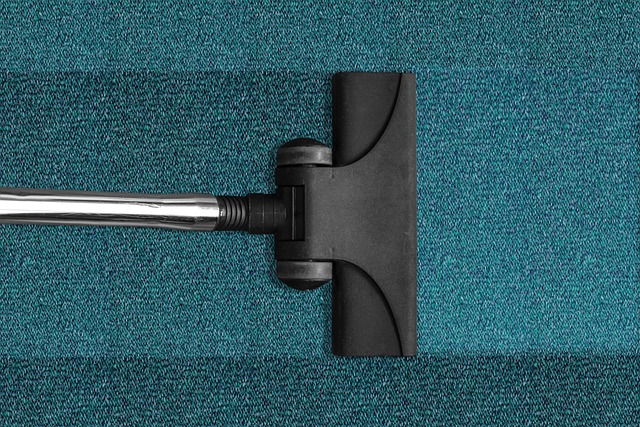
In the dynamic landscape of commercial spaces, maintaining a clean and healthy environment is not just an aesthetic consideration but a vital aspect of running a successful business. Regular deep cleaning goes beyond surface-level sanitization to address the buildup of contaminants, allergens, and bacteria that can negatively impact both employees and customers. It involves a comprehensive approach to restore and rejuvenate surfaces, equipment, and facilities, ensuring they meet the highest hygiene standards.
Deep cleaning is particularly crucial in commercial settings due to the high footfall and frequent contact points. From office desks and common areas to kitchen equipment and restrooms, these spaces accumulate dust, dirt, and germs over time. A thorough deep clean not only enhances the visual appeal but also contributes to better air quality, reduces the risk of illness, and fosters a productive and welcoming atmosphere for all occupants.
The Scope of Deep Cleaning: What to Expect
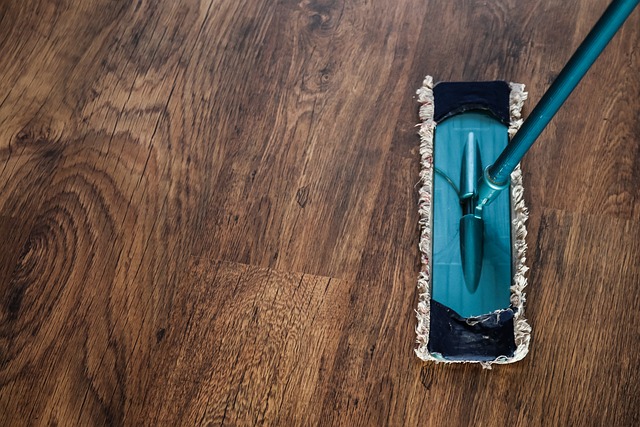
Deep cleaning for commercial spaces involves a comprehensive and thorough scrubbing of every corner and crevice, going beyond the standard surface-level cleanliness. It encompasses more than just vacuuming carpets and wiping down counters; it includes meticulous attention to detail in high-touch areas like doorknobs, light switches, and bathroom fixtures. This process also extends to the removal of tough stains, deep-cleaning windows, and sanitizing surfaces to ensure a safe and healthy environment for employees and customers alike.
When you engage a professional deep cleaning service for your commercial space, expect a systematic approach that begins with an assessment to understand your specific needs. They will then use specialized equipment and eco-friendly products tailored to different surface types, ensuring minimal disruption while delivering exceptional results. The scope of work may include pre-treatment of stubborn stains, scrubbing floors, and even deodorizing the air to restore a fresh and inviting atmosphere.
Essential Tools and Equipment for an Effective Deep Clean

Deep cleaning commercial spaces requires a well-equipped arsenal of tools and equipment to ensure optimal results. A comprehensive list includes high-performance vacuum cleaners, capable of handling both carpeted areas and hard floors. For tough stains, a powerful steam cleaner can make a significant difference, killing germs and leaving surfaces sparkling clean.
In addition, microfibre cloths and brushes are essential for dusting and reaching tight spaces. Disinfectant sprays and wipes provide the necessary sanitation, especially in high-traffic areas. Don’t forget personal protective equipment (PPE) to safeguard cleaners from dirt, debris, and potentially harmful chemicals. Efficient deep cleaning also hinges on having the right tools for specific tasks, ensuring a thorough and comprehensive clean.
Strategies for Deep Cleaning High-Traffic Areas
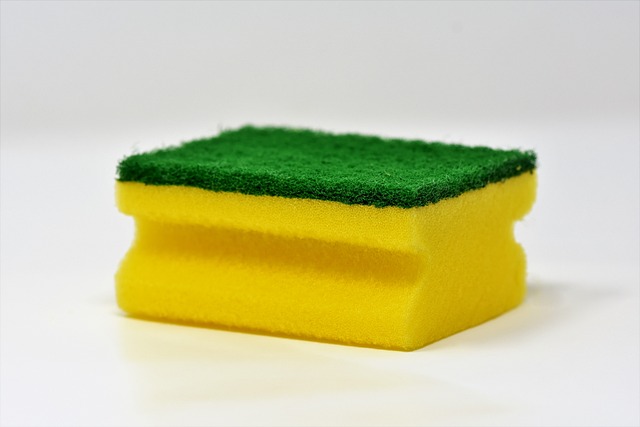
When it comes to deep cleaning commercial spaces, high-traffic areas require special attention due to their constant exposure to various contaminants. Strategies for effectively cleaning these zones should focus on removing not just visible dirt and grime but also addressing hidden debris and germs. Regular vacuuming and mopping are non-negotiable, ensuring floors remain free from dust and debris. For surfaces like countertops, desks, and doorknobs—which see frequent contact—use a disinfecting cleaner to kill viruses and bacteria, promoting a healthier environment.
Implementing a structured cleaning routine is key. Start by decluttering the area to facilitate thorough cleaning. Use specialized equipment for hard-to-reach places and tight spaces. Consider using microfiber cloths and HEPA filters for better dust capture. Regular deep cleaning sessions in high-traffic areas not only maintain aesthetics but also foster a sense of hygiene, benefiting both employees and customers.
Addressing Specific Challenges in Different Commercial Environments
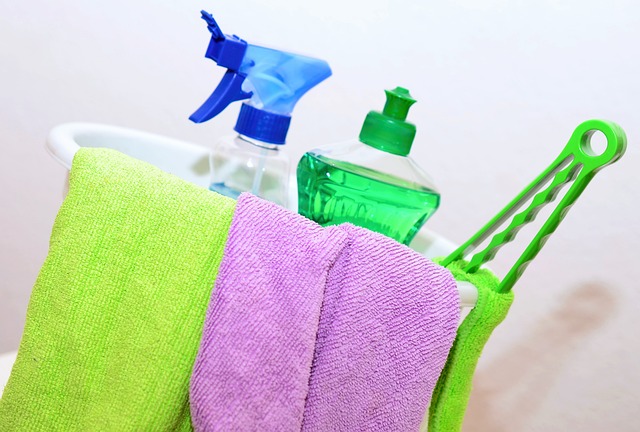
Deep cleaning for commercial spaces presents unique challenges depending on the environment. For instance, high-traffic areas like retail stores require frequent and robust cleaning to maintain hygiene standards. This involves addressing visible grime, sanitizing surfaces, and deep cleaning carpeted areas to remove dirt and allergens.
Office spaces, on the other hand, necessitate a different approach. Here, the focus shifts to maintaining a tidy and organized environment while ensuring the safety of shared equipment and fixtures. Regular dusting, wiping down electronics, and thorough cleaning of common areas like kitchens and break rooms are essential to fostering a healthy work environment. Each commercial setting demands tailored solutions, making comprehensive deep cleaning an ongoing process to create safe, inviting spaces for employees and customers alike.
Creating a Comprehensive Deep Cleaning Checklist

Creating a comprehensive deep cleaning checklist is the first step in ensuring a thorough and effective clean for commercial spaces. This list should encompass every nook and cranny, from high-traffic areas like reception desks and kitchens to lesser-seen zones such as vents, baseboards, and behind appliances. A well-structured checklist guarantees that no area is overlooked, resulting in a space that is not just visually clean but also hygienically safe.
Include both general and specific tasks tailored to the unique features of the commercial space. For instance, consider the need for specialized cleaning solutions for certain surfaces or equipment. Regular deep cleaning routines should also account for seasonal variations, with additional focus on areas prone to accumulation during busy periods. A customizable checklist allows for adaptability based on occupancy levels, industry, and any specific health and safety regulations.
Implementing a Structured Plan for Efficient Deep Cleaning

Implementing a structured plan is key to achieving efficient deep cleaning in commercial spaces. It involves breaking down the space into manageable sections and assigning specific tasks to each area, ensuring no stone is left unturned. This methodical approach allows for a more thorough clean, reaching every nook and cranny, from high-traffic areas like reception desks to less visible zones such as baseboards and ceiling tiles.
By following a structured plan, cleaning teams can optimize their time, minimizing back-and-forth movement and maximizing productivity. This strategy also helps in identifying recurring issues or problem areas that may require additional attention, ensuring a consistent level of cleanliness across all commercial spaces.
The Benefits of Regular Deep Cleaning for Business Success
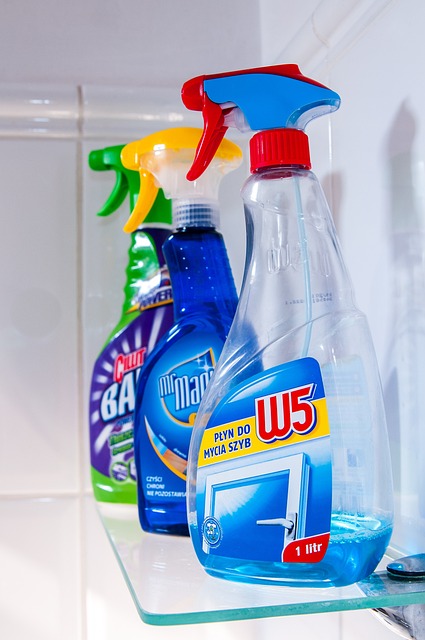
Regular deep cleaning plays a pivotal role in fostering a positive business environment and ensuring long-term success. By going beyond surface-level cleanliness, it eliminates hidden germs, allergens, and pollutants that can negatively impact both employees and customers. A clean space promotes higher productivity, as people feel more comfortable and focused in an aesthetically pleasing and hygienic atmosphere. Additionally, it contributes to better air quality, reducing the risk of respiratory issues and other health problems.
Deep cleaning also enhances the overall aesthetics of commercial spaces, creating a welcoming and professional impression. It protects investments in furniture, equipment, and infrastructure by preventing wear and tear, thus extending their lifespan. Moreover, regular deep cleaning can significantly reduce the risk of diseases and infections, which is especially crucial in high-traffic areas like offices, restaurants, and retail stores. This proactive approach not only benefits businesses but also ensures the well-being of everyone who occupies these spaces.
